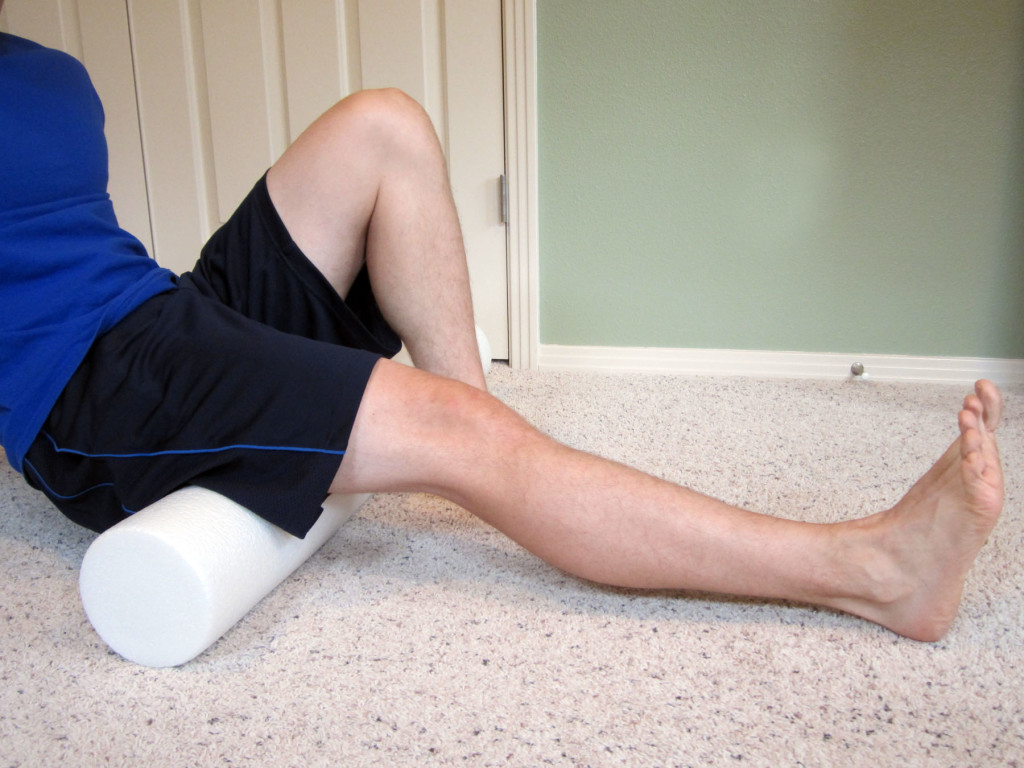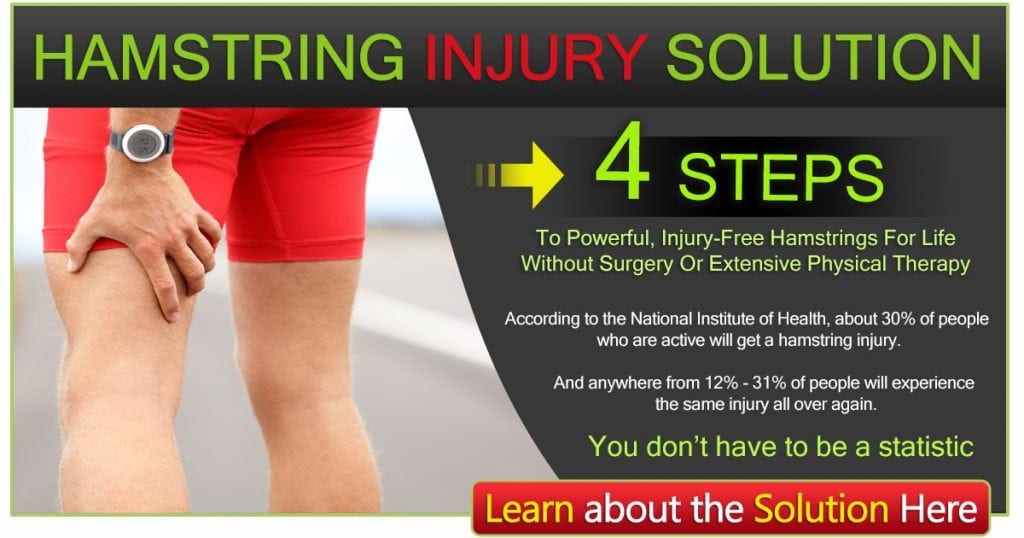Matchless Info About How To Treat A Hamstring Strain

Hamstring tendonitis is inflammation in the tendons at the back of your thigh.
How to treat a hamstring strain. Alongside a high risk of reoccurrence if not properly treated. Hamstring tendonitis is a swollen or injured hamstring tendon. The type of treatment will depend on the severity of the tendonitis, but certain.
It’s usually the result of overuse but can also happen due to a sudden hamstring injury. Symptoms include pain in or near to the knee joint. A grade 1 strain is mild and usually heals readily;
In severe cases where the muscle is torn, you may need surgery. First steps grading pt evaluation if you have a hamstring strain or tear (the terms can be used interchangeably), you may benefit from the skilled services of a physical therapist (pt) to help you fully recover. That said, regular stretching and strengthening exercises may help you lower your risk of hamstring strains.
Request an appointment from mayo clinic to your inbox Ask your doctor or coach to suggest specific exercises that may work best for your. Wrap the injured area with a compression bandage or wear compression shorts to minimize swelling.
Part 1 immediate treatment download article 1 call a doctor promptly for severe injuries. One of the most common injuries in sport is the hamstring strain, as the hamstring muscles are very susceptible to tears and strains. The complete tearing of a hamstring muscle or tendon requires surgery to heal.
Apply ice packs several times a day to relieve pain and reduce swelling. A health care provider might suggest the following: Most acute hamstring injuries can be treated at home with the rice protocol, which involves:
Treatment includes rest, ice, compression, elevation and gentle stretching that leads to easy exercises. A grade 3 strain is a complete tear of the muscle that may take months to heal. Strengthening your hamstrings is one way to protect against hamstring strain.
In severe hamstring injuries, the muscle can tear or even separate from the pelvis or shinbone. Athletes and others who frequently sprint, climb, jump or lunge are at a higher risk of a painful hamstring injury. There are many different types of hamstring strains, so it’s important to get your injury looked at by a doctor to evaluate the seriousness and get treatment recommendations.
When it happens, there may be a sudden, severe. Resting insufficiently may prolong your recovery and cause injury to recur. As a general guide, if you have a hamstring strain, you can do activities that do not aggravate your recent injury.
The surgeon will repair the muscles and reattach. Our hinge health experts mary kimbrough, pt, dpt [1] if any of the following symptoms match your condition, your hamstring muscle may be completely torn, or pulled off the bone:












:max_bytes(150000):strip_icc()/hamstring-pull-tear-or-strain-3119339-0375-05354ec07a78451c9a317048c358efb2.jpg)





